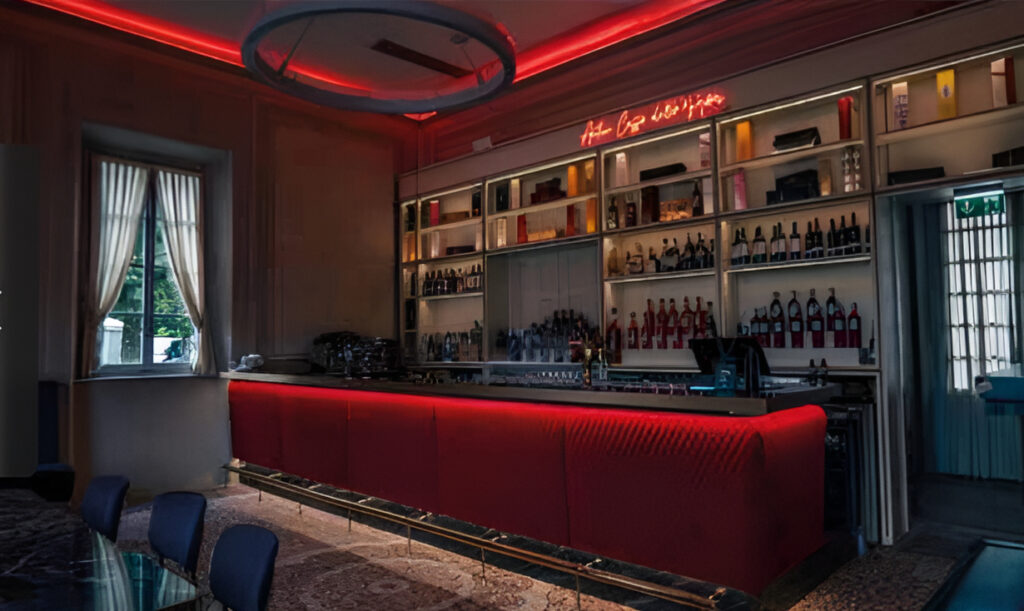
When knowing how to listen to the dining room staff can help improve the service of one’s business.
“Listen to the waiters!” I received this well-deserved admonishment one evening in Rome, at a downtown restaurant. This coming from someone who manages a magazine that even has the word ‘sala’ (room/hall) in its title. But it was a rightful reprimand and I acknowledged, with great respect for that statement which aimed to value a profession too often disparaged, the wisdom of Altan Gini, the waiter who made it.
I had booked a table for a solitary dinner at La Carbonara, in Campo de Fiori, at the last minute; I would arrive after about half an hour, and the waiter had recommended the upper floor. When I got there, I chose a table outside instead, after considering two or three spots Altan Gini reluctantly gave in, letting me choose the table I wanted. I sat down and the table wobbled on the uneven cobblestones. When I pointed this out, the waiter said that phrase, adding that he knew that table, in that hole, was not good. A real pit that couldn’t even be covered with seven centimeters of insoles. Only when attached to another table was it stable, but at that point, it became a four-seater and, in Rome, a four-seater table for one guest is impossible to utilize.
Altan Gini is an Albanian gentleman who arrived in Italy in 1990, probably aboard that ship packed with people whose photo had gone around the world, and has been a waiter at La Carbonara for 24 years, a historic place since 1912 always managed by the same family. He faces daily the fact that this is not a restaurant with a tourist menu, as one might think given its location. Initially, I thought the same. He presents a cuisine, predominantly Roman, boasting absolute quality ingredients like Felicetti monograin spaghettoni in cacio e pepe or Cetara anchovies branded Armatore, not budget products.

Eating alone sometimes helps one observe; to look around, peek at neighboring tables, pick up snippets of conversation in various languages, see what and how tourists in Rome drink as they probably do in any other Italian location leads us to reconsider what we know about our eating habits; Italians eat for the pleasure it brings, foreigners usually just to nourish themselves.
“The carbonara is the most chosen dish,” confided Altan Gini. It s no coincidence that it closely matches the taste preferences of Americans; it s not by chance that the story of this dish began with the K-rations that Americans had during World War II in Italy.
With Artan that evening, despite being short-staffed, there was always time for a quick chat. And he made me reflect on the story of this man who created a life and style all his own, working for 24 years in the same place and speaking highly of the owning family, about the oil he brought to my table saying it comes from the olive groves this family owns outside Rome, and that those bottles are found only at La Carbonara. Above all, he taught me a great lesson; the waiters should be listened to!



